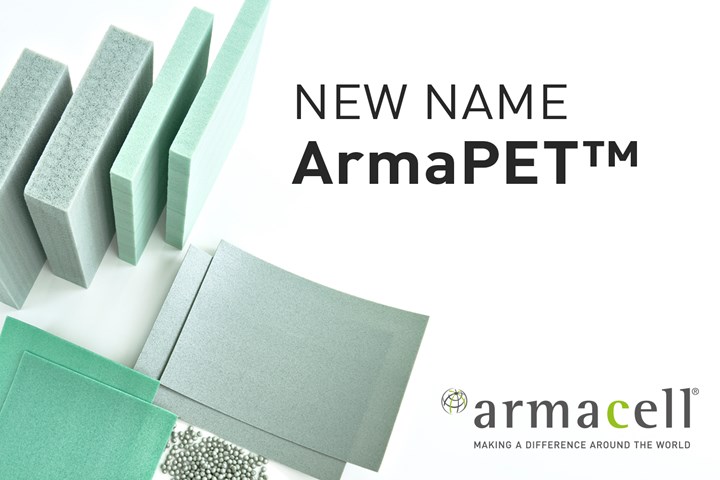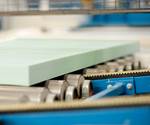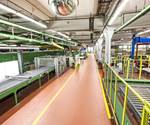Armacell rebrands all PET-based foam products under ArmaPET name
The ArmaPET family brand encompasses all of Armacell’s sustainable PET-based foam product solutions for faster and easier customer orientation.

Photo Credit: Armacell
Armacell (Münster, Germany), a manufacturer of engineered foams, announced on Feb. 15 the launch of the new family brand ArmaPET. As of this date, all of Armacell’s PET-based foam products will be marketed under the family brand ArmaPET.
“Our PET business is growing fast, and our PET product family is expanding. In the context of ongoing advancement, we decided to go for a simple and straightforward brand architecture,” says Bart Janssen, vice president of Engineered Foams & Energy. “The new name, ArmaPET, will encompass all of our sustainable product solutions featuring Armacell’s patented rPET foaming technology, to convert recycled plastic bottles into lifetime, high-value foam materials.”
Further, according to Armacell’s Managing Director of PET Foams Thomas Kessel, “A simplified naming system for Armacell’s PET foam products will enable speedier and easier orientation for our customers.” The new brand architecture, with ArmaPET as the family brand for all PET foams, also possesses four sub brands:
- ArmaPET Struct: Versatile and durable solutions for structural sandwich applications.
- ArmaPET Eco: Products that combine insulation and structural integrity to ensure energy and emission efficiency for decades of use.
- ArmaPET Curve: Products designed for recyclable thermoformable micro-sandwich solutions produced in continuous manufacturing processes.
- ArmaPET Shape: Particle foam solutions offering maximum design flexibility to produce lightweight, rigid 3D foam parts using innovative fusion technology.
According to the company, ArmaPET foam products are used in a wide variety of applications ranging from wind turbine blades, road and rail vehicles to sustainable building components. ArmaPET is said to bring a variety of benefits that include extending the life span of wind turbine blades, improving the fire safety of rail vehicles and enabling the construction of lighter road vehicles to reduce CO2 emissions. Until today, Armacell has converted more than 1.5 billion recycled plastic bottles into long-lasting foam products, improving the environmental footprint of multiple composite core materials.
Related Content
-
European boatbuilders lead quest to build recyclable composite boats
Marine industry constituents are looking to take composite use one step further with the production of tough and recyclable recreational boats. Some are using new infusible thermoplastic resins.
-
Corebon induction heating
This sidebar to CW’s August 2024 feature article reviews this technology for more efficient composites manufacturing and why it aligns with Koridion active core molding.
-
Bio-based, fire-resistant composites become mainstream
Projects use Duplicor prepreg panels with highest Euroclass B fire performance without fire retardants for reduced weight, CO2 footprint in sustainable yet affordable roofs, high-rise façades and modular housing.



